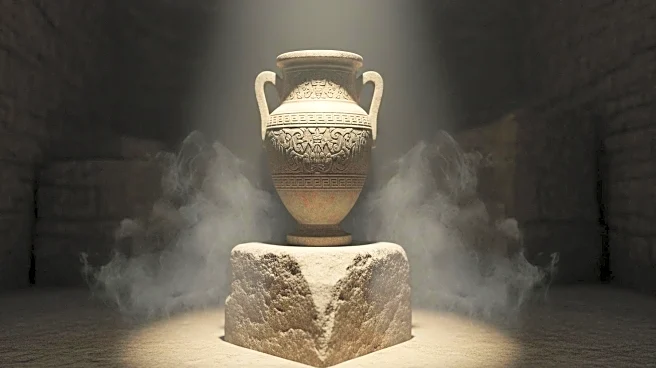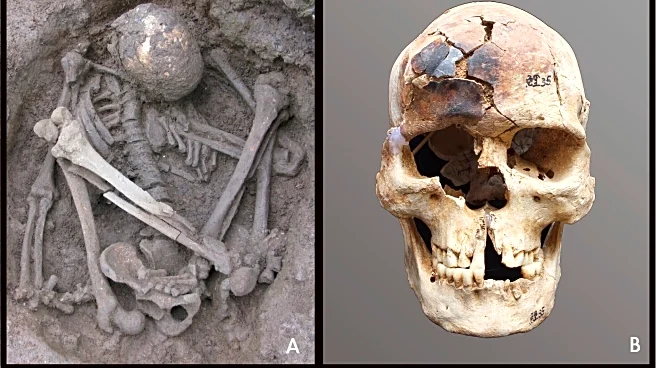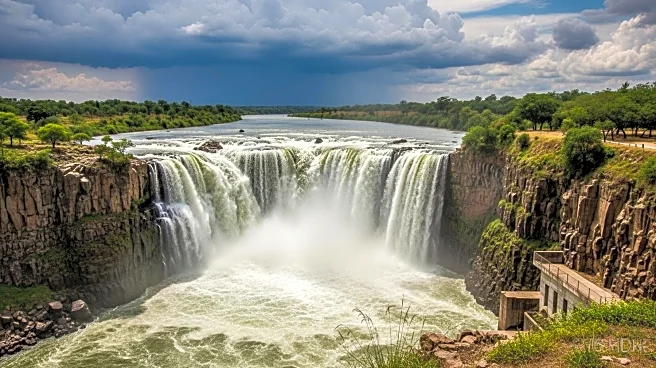What is the story about?
What's Happening?
Researchers have discovered the world's oldest known human mummies, dating back 10,000 years, in Southeast Asia and China. These mummies were created through a smoke-drying process, as revealed by a study published in the journal PNAS. The study examined ancient graves in China, the Philippines, Laos, Thailand, Malaysia, and Indonesia, finding skeletons in tight fetal positions with evidence of smoke-drying. This practice, which likely held spiritual or cultural significance, involved exposing bodies to low-intensity heat and smoke, preserving them for extended periods.
Why It's Important?
This discovery pushes back the timeline of mummification practices by thousands of years, predating known examples from Chile and Egypt. It highlights the complex mortuary practices of ancient hunter-gatherers in Southeast Asia, suggesting sophisticated beliefs about death and the afterlife. The findings also support the 'two-layer' model of early human migration into Southeast Asia, indicating a deep cultural continuity in the region. This research provides valuable insights into the cultural and spiritual lives of ancient peoples, contributing to our understanding of human history.
What's Next?
Further research may explore the origins and spread of smoke-drying practices, potentially linking them to early human migrations from Africa. The study's findings could lead to a reevaluation of burial practices in other regions, offering new perspectives on ancient human cultures. Continued investigation into the cultural and spiritual significance of these practices may reveal more about the beliefs and traditions of early human societies.
AI Generated Content
Do you find this article useful?















